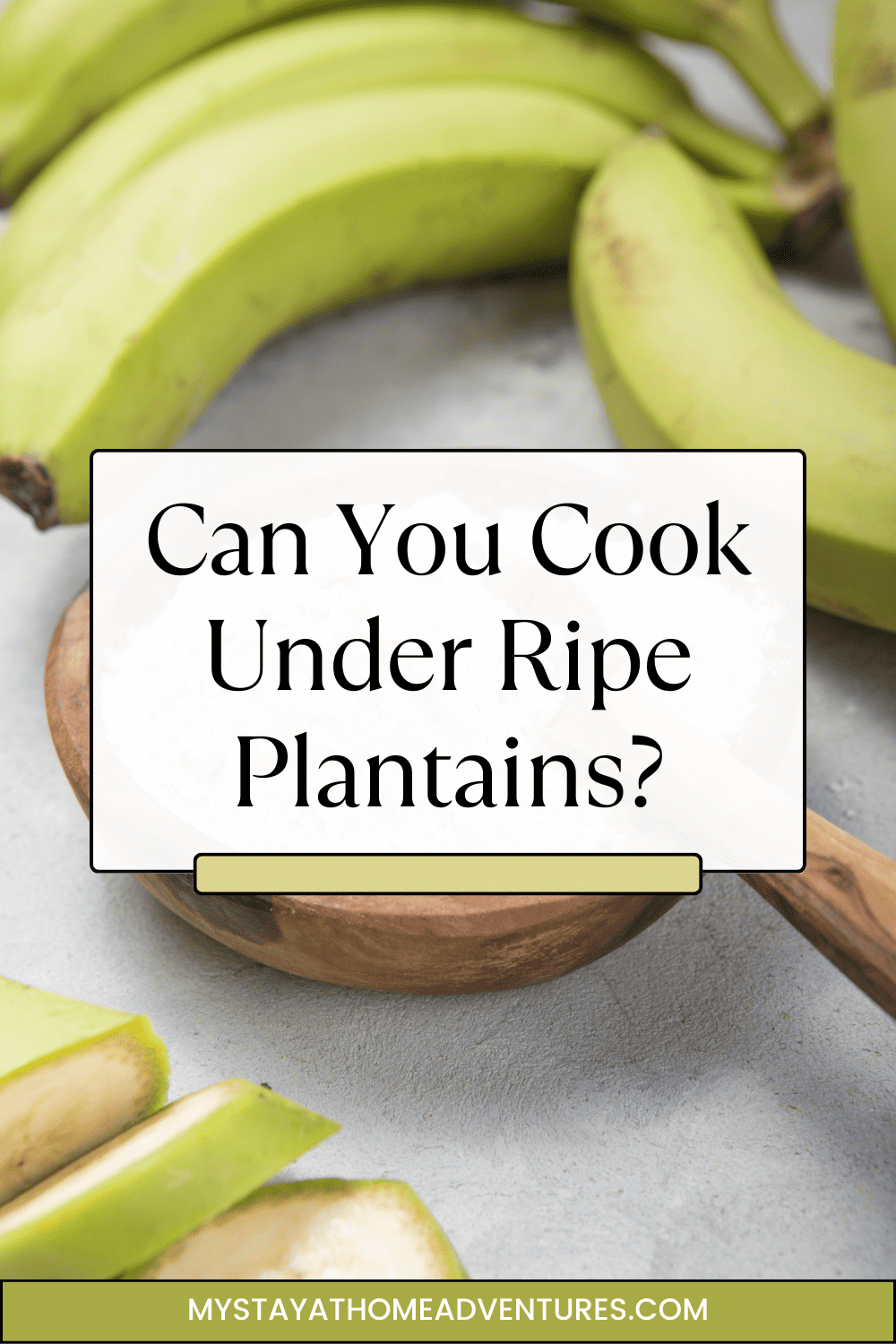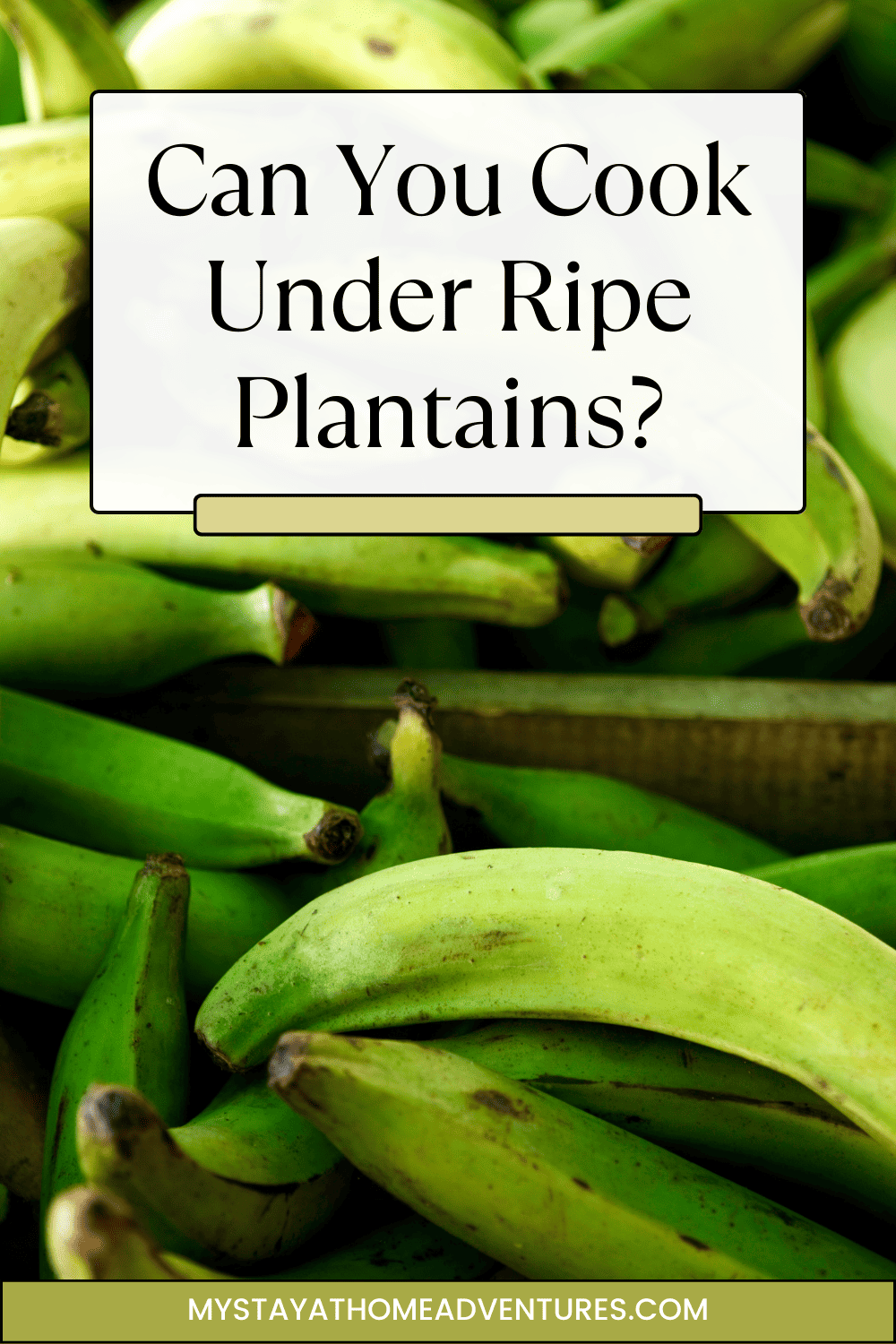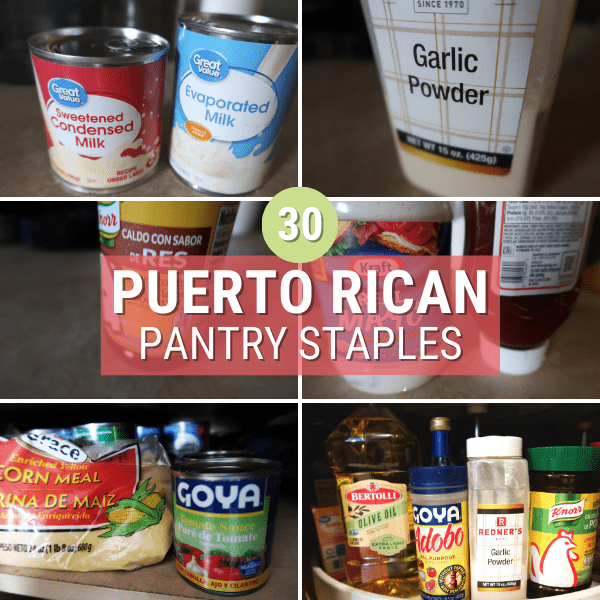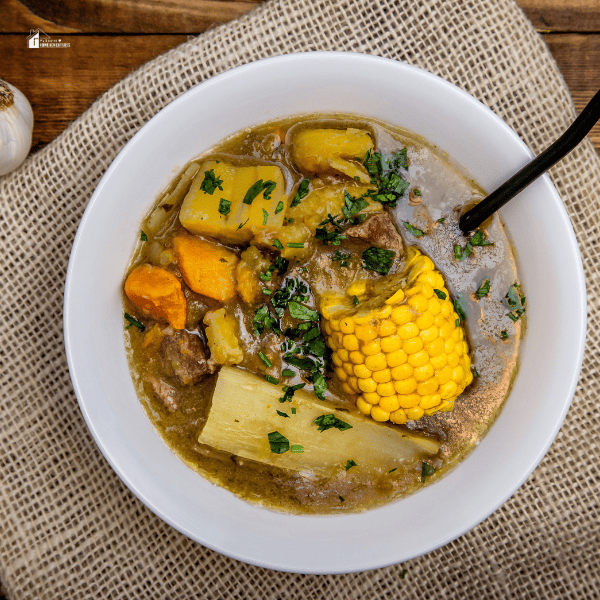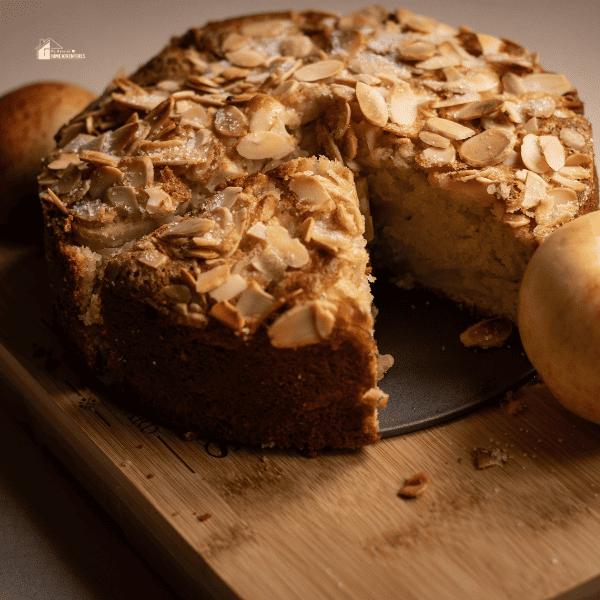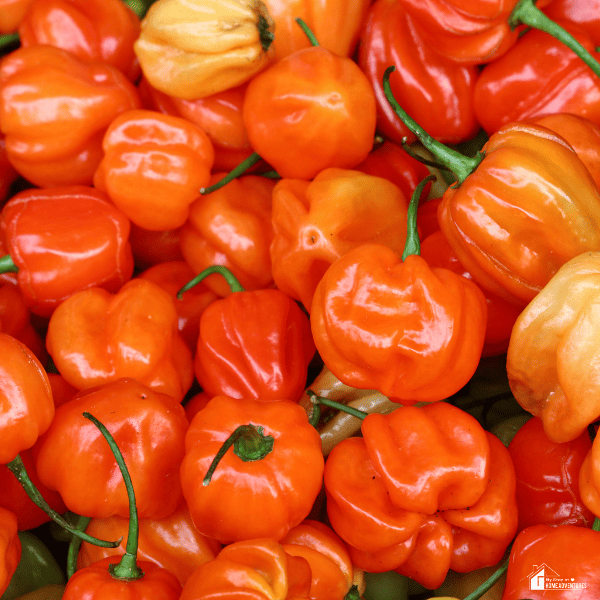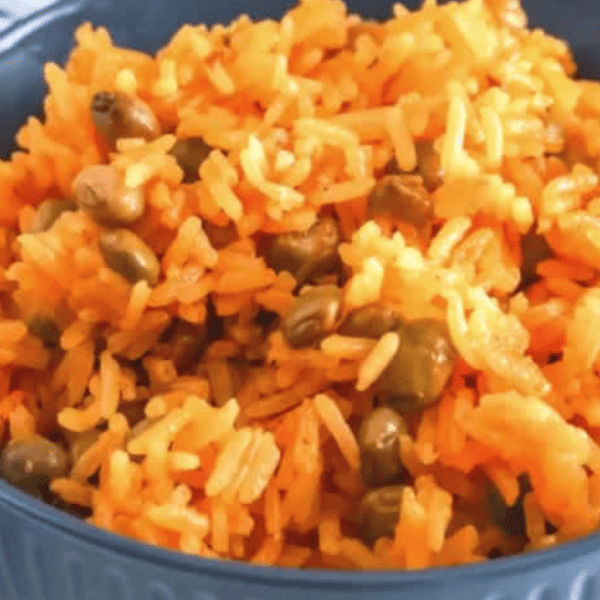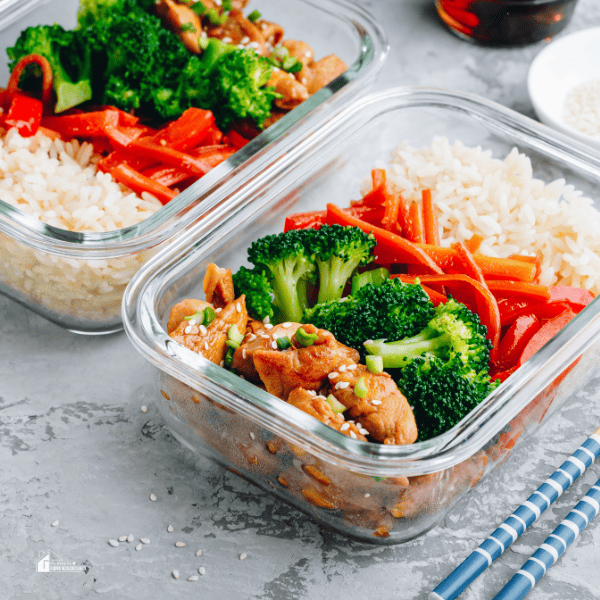Can You Cook Under Ripe Plantains?
This post may contain affiliate links which might earn us money. Please read my Disclosure and Privacy policies hereUnderripe plantains are often overlooked in favor of their ripe counterparts. But can you cook underripe plantains? While the sweet and ripe versions are commonly enjoyed in desserts and snacks, the underripe plantains have their culinary charm waiting to be explored.
Underripe plantains, with their green, sturdy demeanor, eagerly await their transformation in the kitchen. Like frying, it transforms underripe plantains into golden-brown delights with a satisfying crunch outside and a starchy tenderness within, offering a savory alternative to their sweeter, more mature counterparts. Boiling takes them down a different avenue, softening their texture while preserving mild sweetness, allowing versatility in hearty stews or as a velvety side dish. Grilling adds a smoky dimension, creating a delightful medley of flavors.
Underripe plantains' ability to absorb flavors shines in savory stews and curries, acting as a thickening agent and subtle enhancer in a harmonious blend of tastes. Forget what you know about ripe and sweet – we're diving into the world of green, firm plantains, secretly waiting to become your next kitchen superstar.
It's time to uncover a new side to plantains that might change how you look at them in the grocery store. Let the kitchen adventure begin!
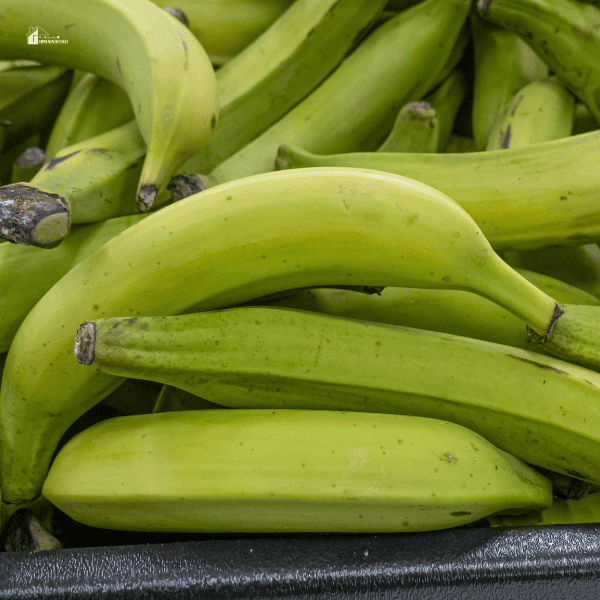
What can ripe plantain peels be used for?
Ripe plantain peels, often discarded with little thought, can serve multiple purposes beyond the obvious disposal bin. It can be repurposed as compost, natural fertilizer, cleaning agent, insect repellent, skincare ingredient, shoe polish, flavor infusion in dishes, tea, crafting material, and animal feed. Here's a detailed exploration of the various practical uses for ripe plantain peels:
Composting:
Like many other fruit and vegetable scraps, plantain peels make excellent additions to compost bins. Their organic matter enriches the compost with essential nutrients, creating nutrient-rich soil for your garden.
Fertilizer:
You can utilize ripe plantain peels as a natural fertilizer. Chop or grind the peels and bury them around the base of plants in your garden. As the peels decompose, they release nutrients such as potassium, phosphorus, and nitrogen into the soil, enhancing its fertility.
Cleaning Agent:
The inside of plantain peels has natural oils that can be used to shine and clean surfaces. Rubbing the inner side of a ripe plantain peel on surfaces like leather shoes or wooden furniture can remove dirt and leave a subtle shine. It's a natural and eco-friendly alternative to commercial polishes.
Repelling Insects:
Plantain peels contain compounds that some insects find unappealing. Placing pieces of ripe plantain peels in areas prone to pests, such as near windows or in the garden, can act as a natural insect repellent.
Skin Care:
The inner side of ripe plantain peels contains antioxidants and moisturizing properties. Rubbing the peel on your skin may help reduce inflammation, soothe bug bites, or provide relief from minor burns. Some people also use plantain peels as a component in DIY face masks or scrubs.
Shoe Polish:
The natural oils in ripe plantain peels can be used to polish shoes. Rubbing the inside of a peel on your shoes can give them a glossy finish while imparting a subtle plantain aroma.
Flavor Infusion:
In some cultures, plantain peels are used to infuse flavor into dishes. While not as commonly employed as the fruit itself, dried or fresh peels can be added to stews, soups, or sauces to impart a mild plantain essence.
Tea Infusion:
Dried plantain peels can be used to make a mild herbal tea. Simply dry the peels thoroughly, crush them, and steep them in hot water. Some believe this tea to have potential health benefits, including anti-inflammatory properties.
Crafting:
Dried plantain peels can be used for craft projects. They can be woven or glued together to create eco-friendly baskets, mats, or artistic pieces.
Animal Feed:
In some cases, plantain peels can be fed to certain animals, particularly if they are dried and ground. It's essential to ensure that the peels are suitable for the specific animal and to check for any potentially harmful substances.
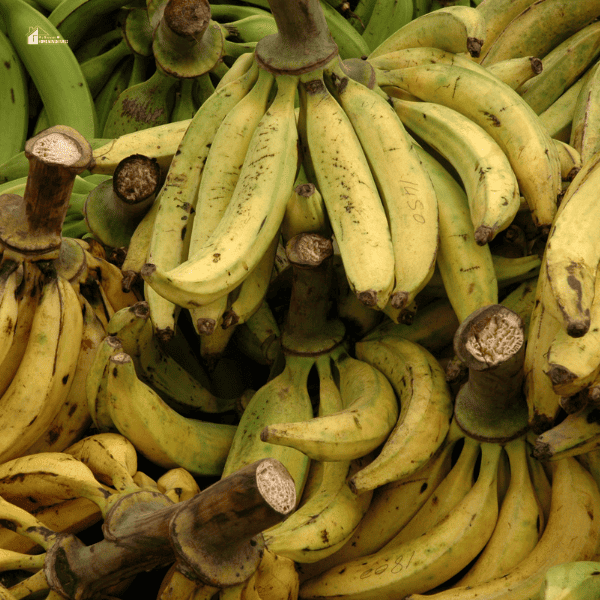
Are over-ripe plantains safe to eat?
Overripe plantains are generally safe to eat but may have a mushy texture and an intensely sweet flavor. While the taste may not appeal to some, they are still edible. However, be cautious of visible mold, off-putting odors, or extreme discoloration, as these signs may indicate spoilage.
Consuming overripe plantains in moderation is unlikely to pose health risks. Still, individuals with specific dietary restrictions or sensitivities should be mindful of the changes in texture and flavor that occur as plantains ripen further. Using overripe plantains promptly in recipes like banana bread, smoothies, or desserts is advisable to avoid unnecessary food waste and fully enjoy their sweetness in a culinary context.
Can I eat mushy plantain?
Mushy plantains might be different from everyone's favorite. Still, they're perfectly edible and can even be a treat for those who enjoy a sweeter flavor. When plantains become mushy, their starches convert to sugars, giving them a more intense sweetness. Some people prefer this consistency while the texture changes, making them softer.
To make the most of mushy plantains, consider incorporating them into recipes that benefit from their sweetness and soft texture. Banana bread is a classic option, where the mushy plantains can add moisture and a rich flavor. Similarly, blending them into a smoothie can create a deliciously sweet and creamy drink.
It's important to note that as plantains become mushy, they may also be more prone to spoilage. Always check for any signs of mold, unpleasant odors, or extreme discoloration. If the plantains show these signs, avoiding eating them is best.
In essence, eating mushy plantains is not only safe but can also be a delightful culinary experience, especially when used in the right recipes. So, don't be afraid to get creative in the kitchen and explore the sweet side of mushy plantains!
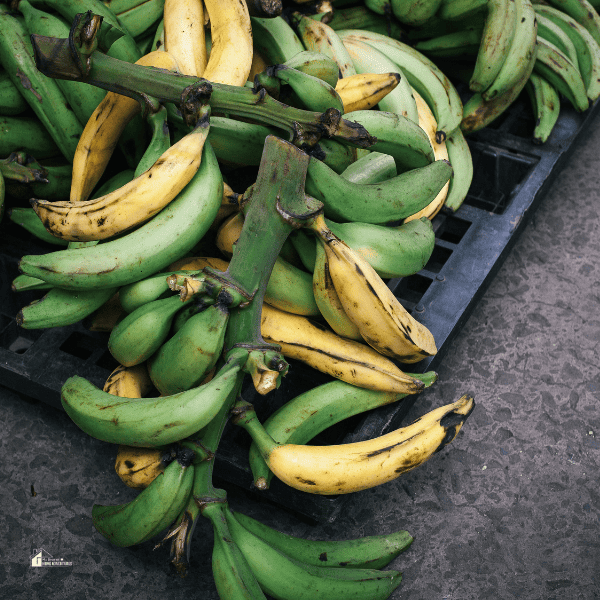
How do you preserve overripe plantains?
Preserving overripe plantains is easy! First, peel and cut them into slices or chunks. Freeze the pieces on a tray, then transfer them to a sealed bag. Use them later in smoothies, baking, or cooking. Freezing the overripe plantains helps prevent waste and keeps their sweetness intact. Here's a step-by-step guide:
- Peel and Cut:
Start by peeling the overripe plantains. Cut them into slices or chunks based on how you plan to use them later. The smaller the pieces, the easier they are to work with.
- Freeze on a Tray:
Lay out the plantain pieces on a tray lined with parchment paper or a silicone mat. Make sure they aren't touching each other. This initial freezing on a tray prevents the pieces from sticking together later.
- Transfer to a Bag:
Once the plantain pieces are frozen individually, transfer them to a sealed plastic bag or airtight container. Label the bag with the date if you like – it helps keep track of freshness.
- Remove Air:
Squeeze out as much air as possible from the bag before sealing it. This step helps prevent freezer burn and keeps the plantains in better condition.
- Freeze for Later:
Place the sealed bag in the freezer. Now, your overripe plantains are preserved and ready to use whenever you need them.
- Usage:
Frozen overripe plantains are fantastic in smoothies, as they add natural sweetness and creaminess. You can also use them in baking, like making banana bread or muffins. They can be directly added to dishes like stews or curries for cooking.
By preserving overripe plantains this way, you not only reduce food waste but also ensure you have a handy supply of sweet, ripe plantains for various culinary adventures. It's a simple and practical method that allows you to enjoy the goodness of overripe plantains at your convenience.
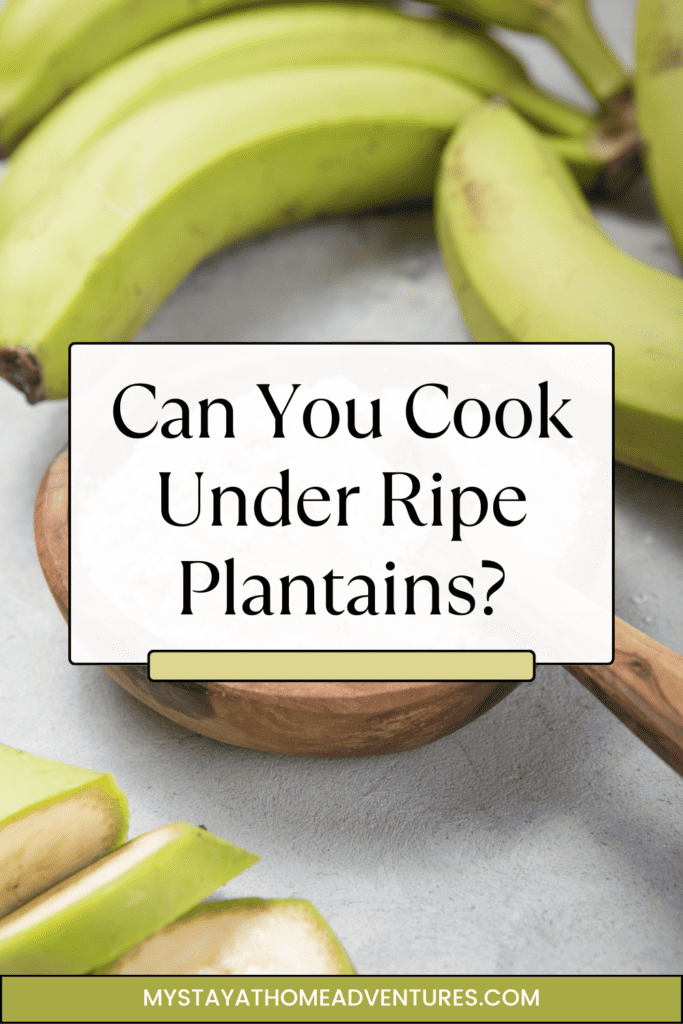
When should you not eat plantains?
Knowing when not to eat plantains is crucial to ensuring your safety and enjoyment. Firstly, suppose you observe any mold or detect an unpleasant odor. In that case, it signals that the plantain has spoiled and should be avoided. Similarly, the plantain has undergone extreme discoloration, appearing excessively dark or black.
In that case, it may have surpassed the point of eating safely. Additionally, a slimy or unusual texture, often associated with overripeness or spoilage, is another indicator to be cautious.
Pay attention to the taste as well; if the plantain is overly bitter, it might not be palatable or safe. Hard mold or fungus is another red flag to watch out for. Lastly, suppose plantains have been stored for an extended period, especially in less-than-ideal conditions.
In that case, checking for signs of spoilage before consumption is wise. In summary, trust your senses; if something seems off in appearance, smell, or texture, it's safer to avoid eating the plantain to prioritize your health.
It's also important to know the differences between ripe and unripe plantains. Ripe plantains have a yellow or black peel and are soft to the touch – they will quickly give when pressed with your fingers. Unripe plantains, on the other hand, are green in color and cannot be pierced by your fingertips. Green plantains also tend to taste slightly bitter, while ripe plantains are naturally sweet.
Additionally, unripe plantains should not be eaten raw – they must be cooked before consumption to make them safe and digestible. Similarly, over-ripe plantains may become mushy and possess a fermented smell, indicating that the fruit has gone wrong and should no longer be eaten.
Taking care of your health and well-being should always come first, as it is the foundation upon which all other life elements can rest. It's important to ensure we eat healthy foods that contain essential vitamins and minerals, get enough physical activity each day, get adequate sleep at night, manage stress levels, and limit exposure.

